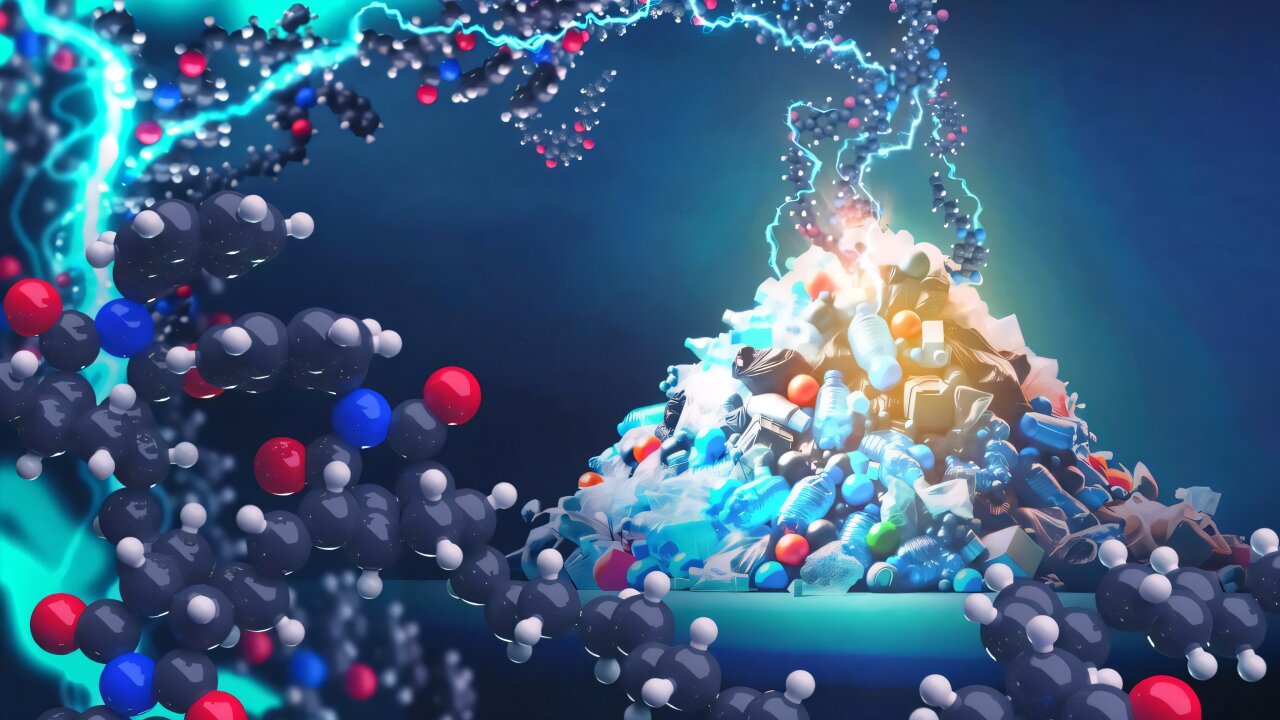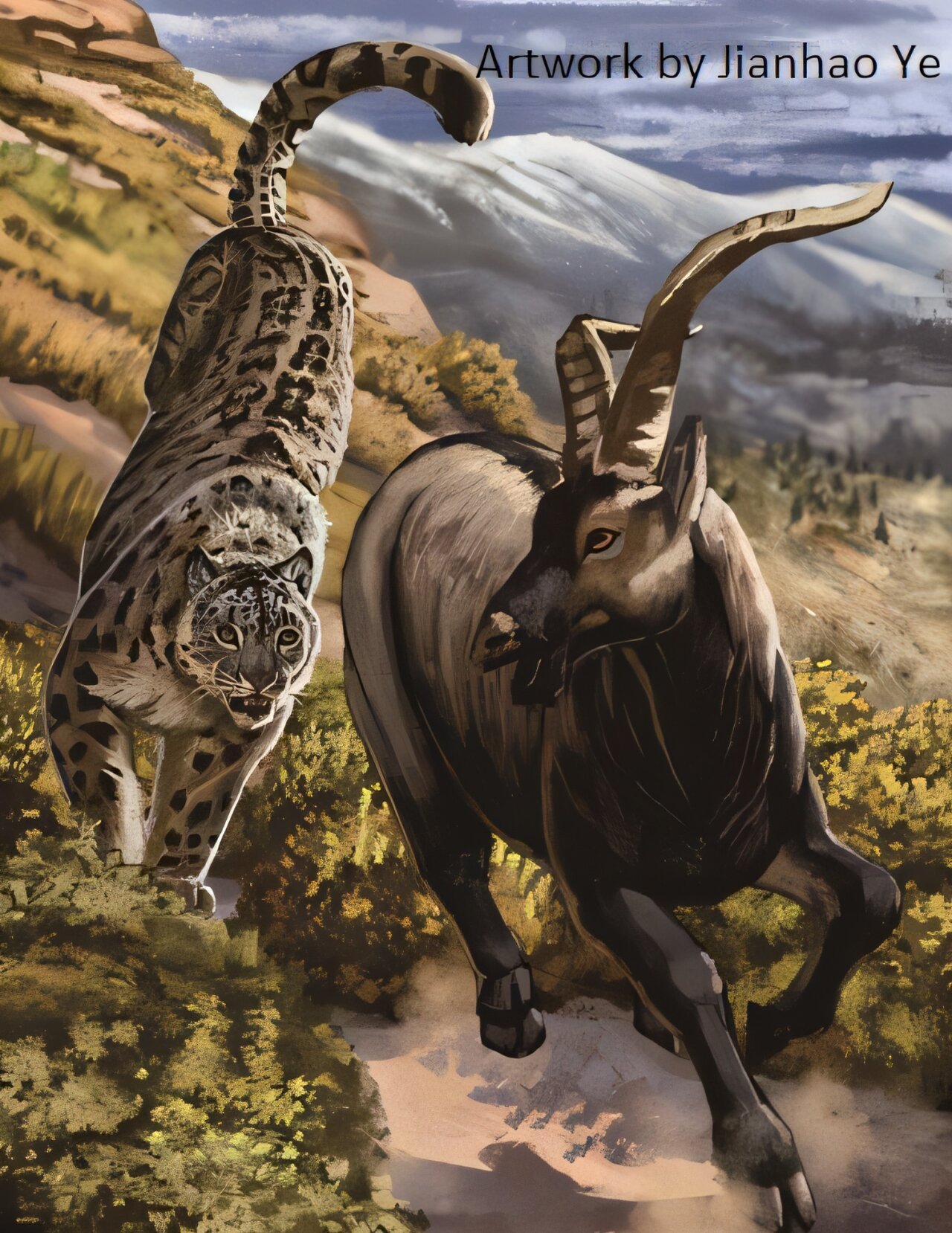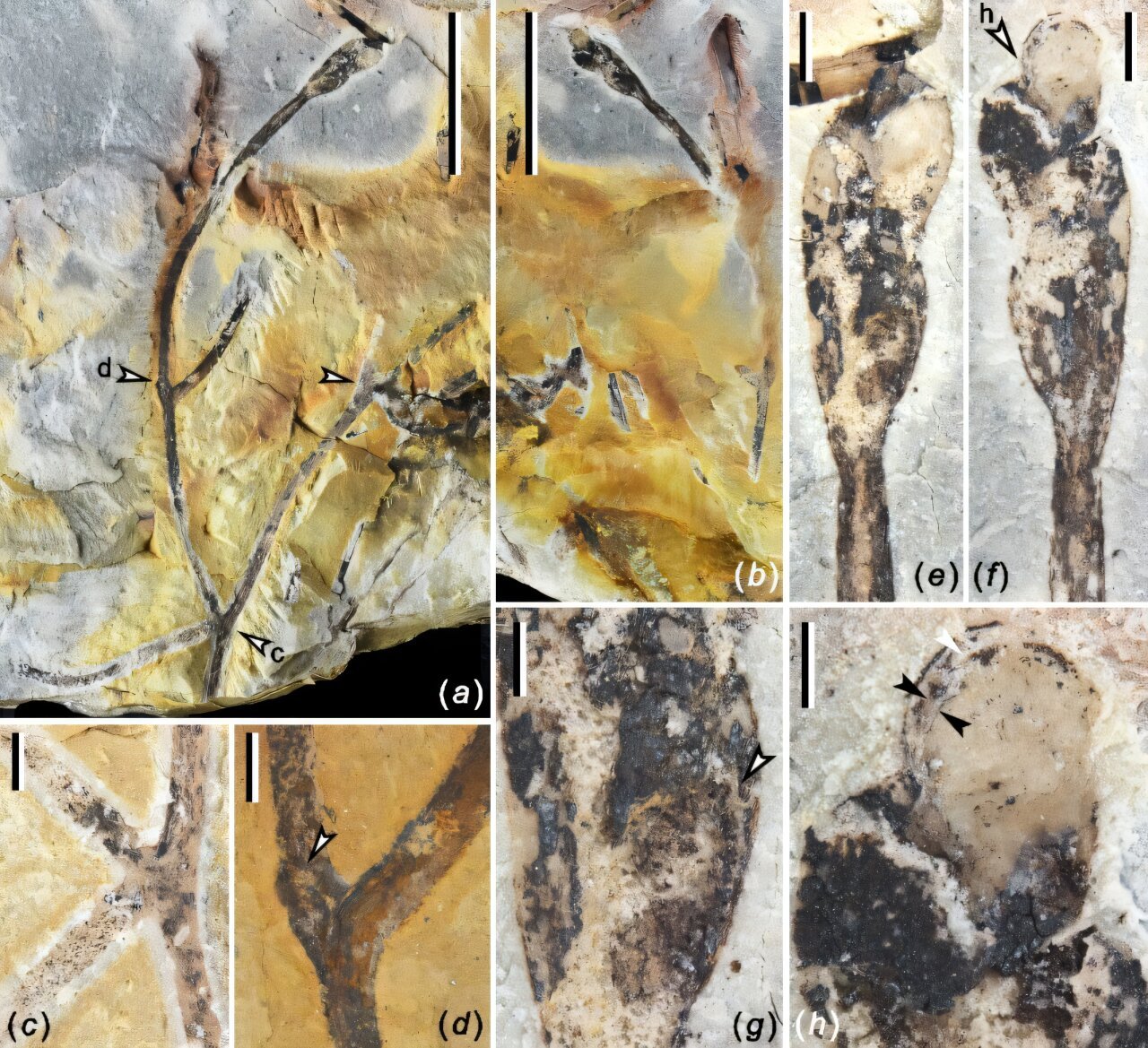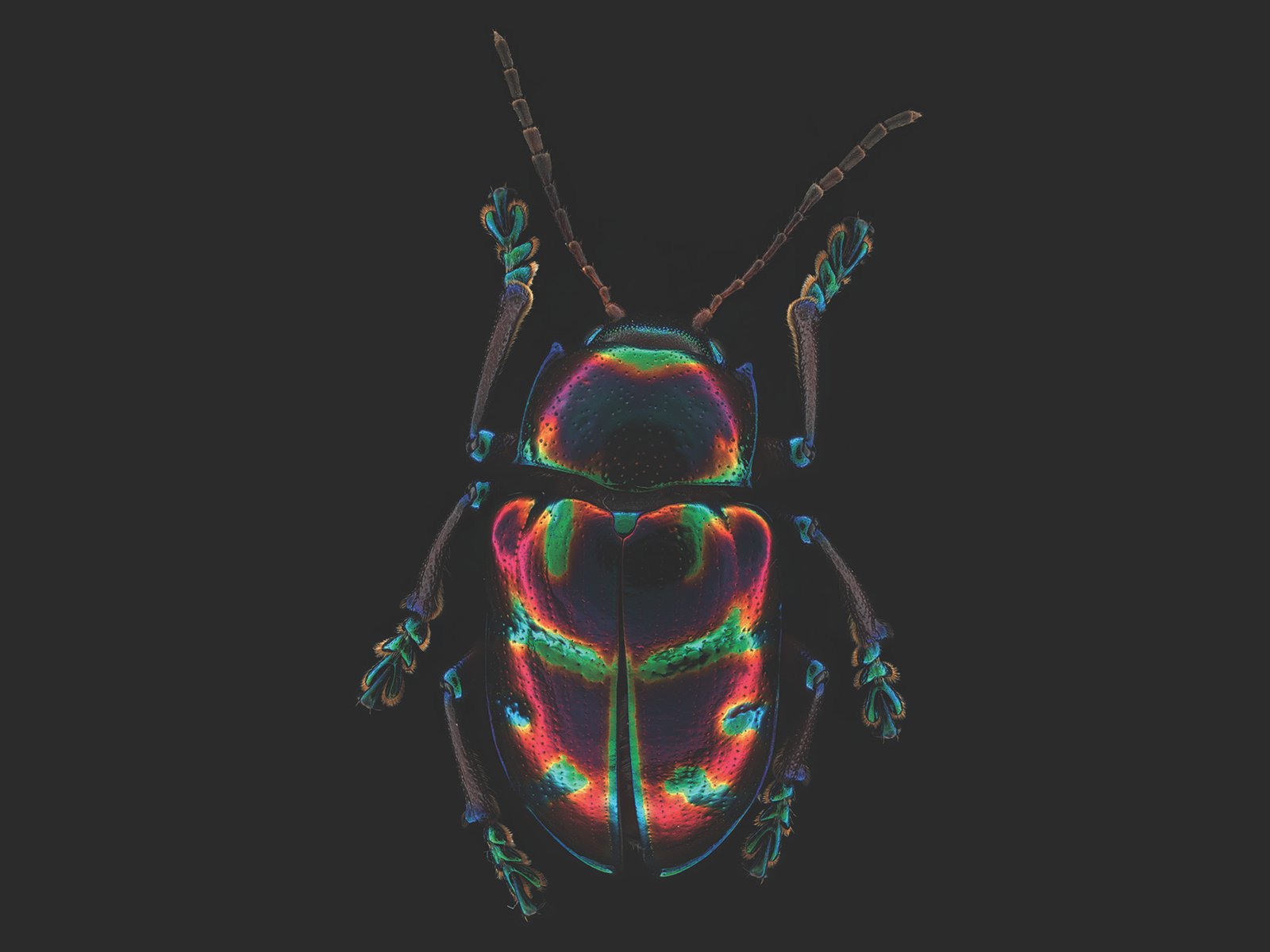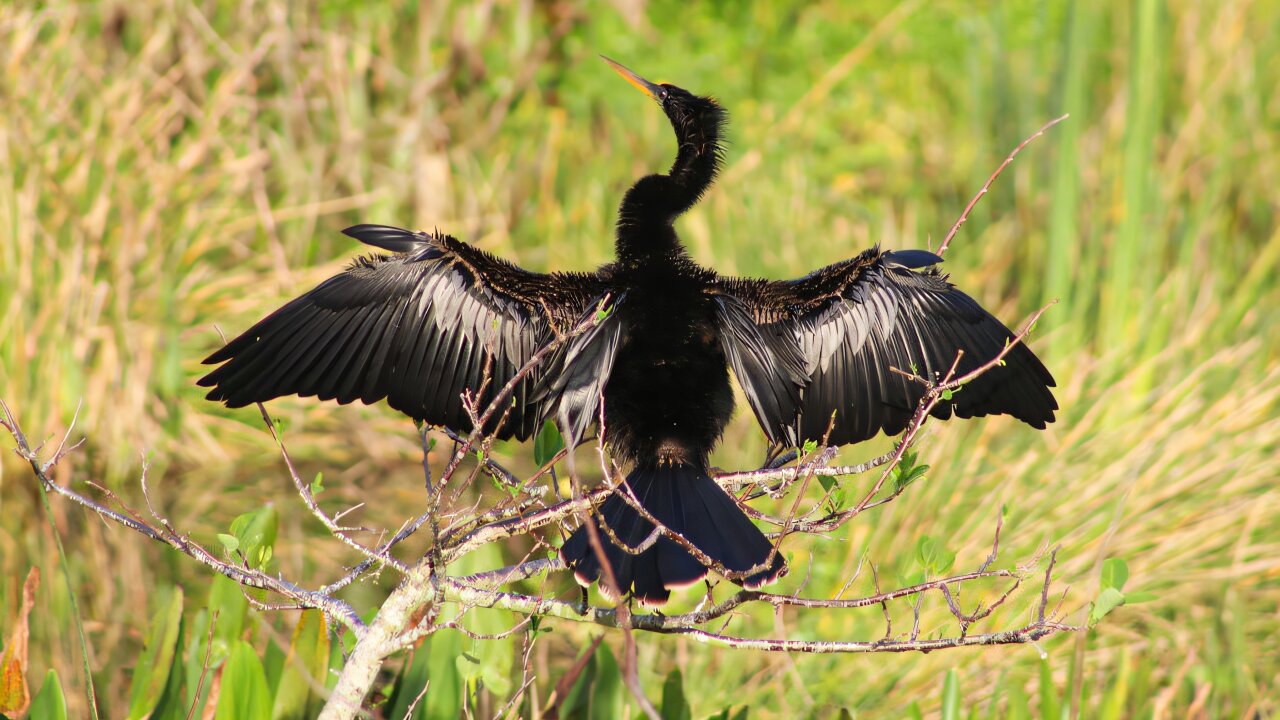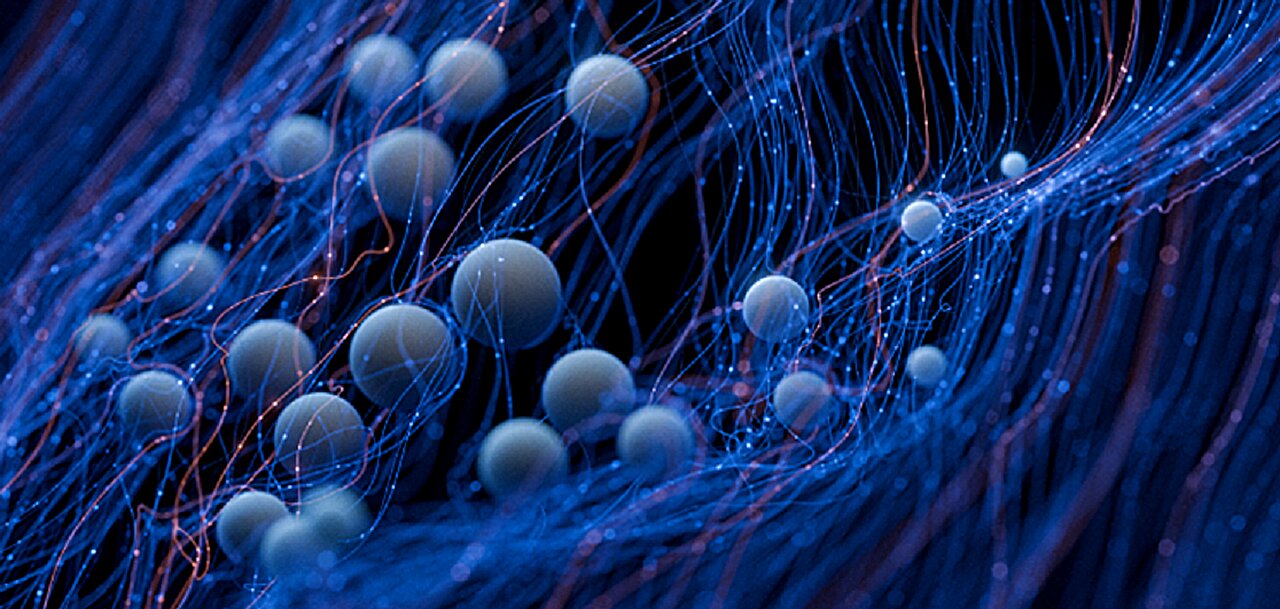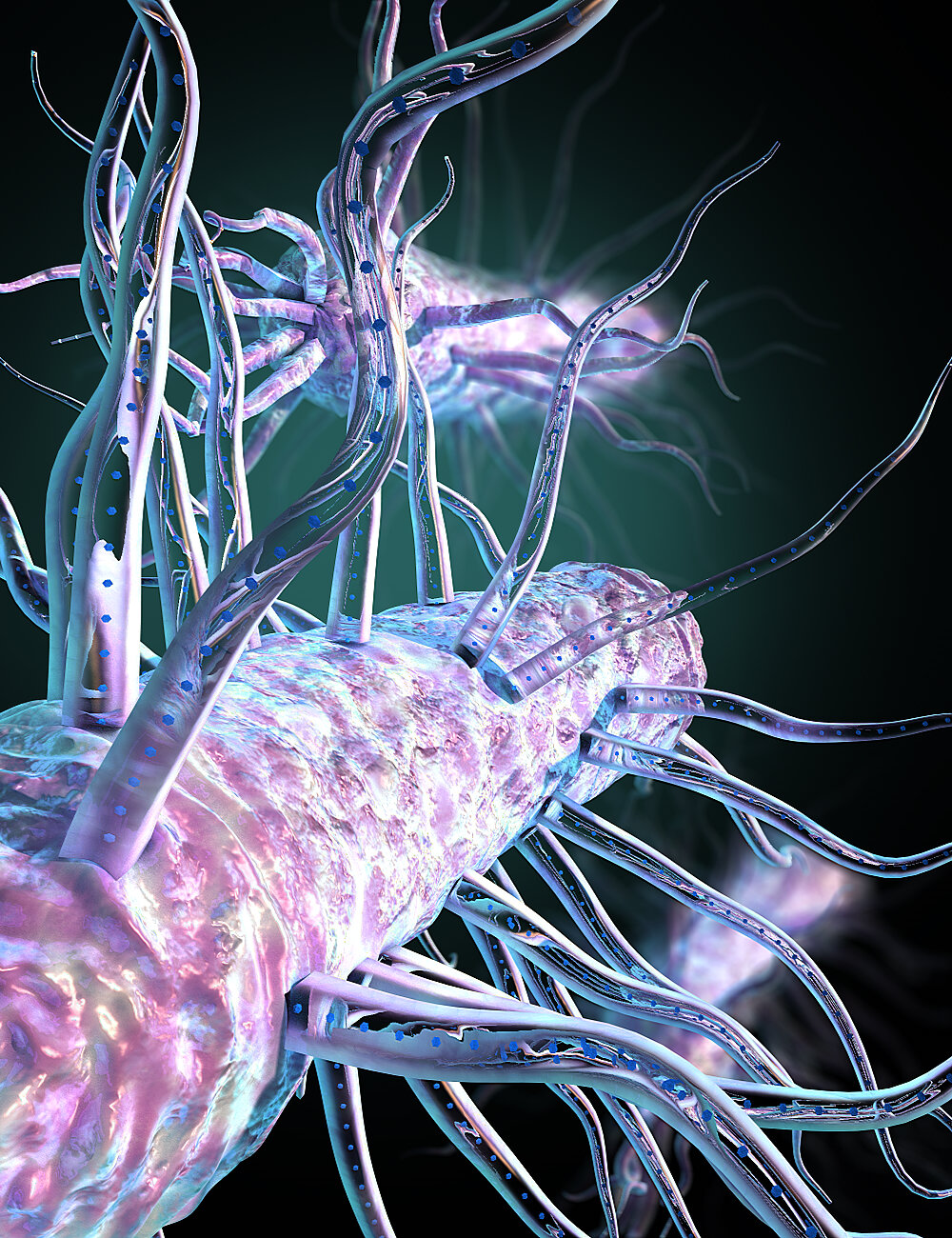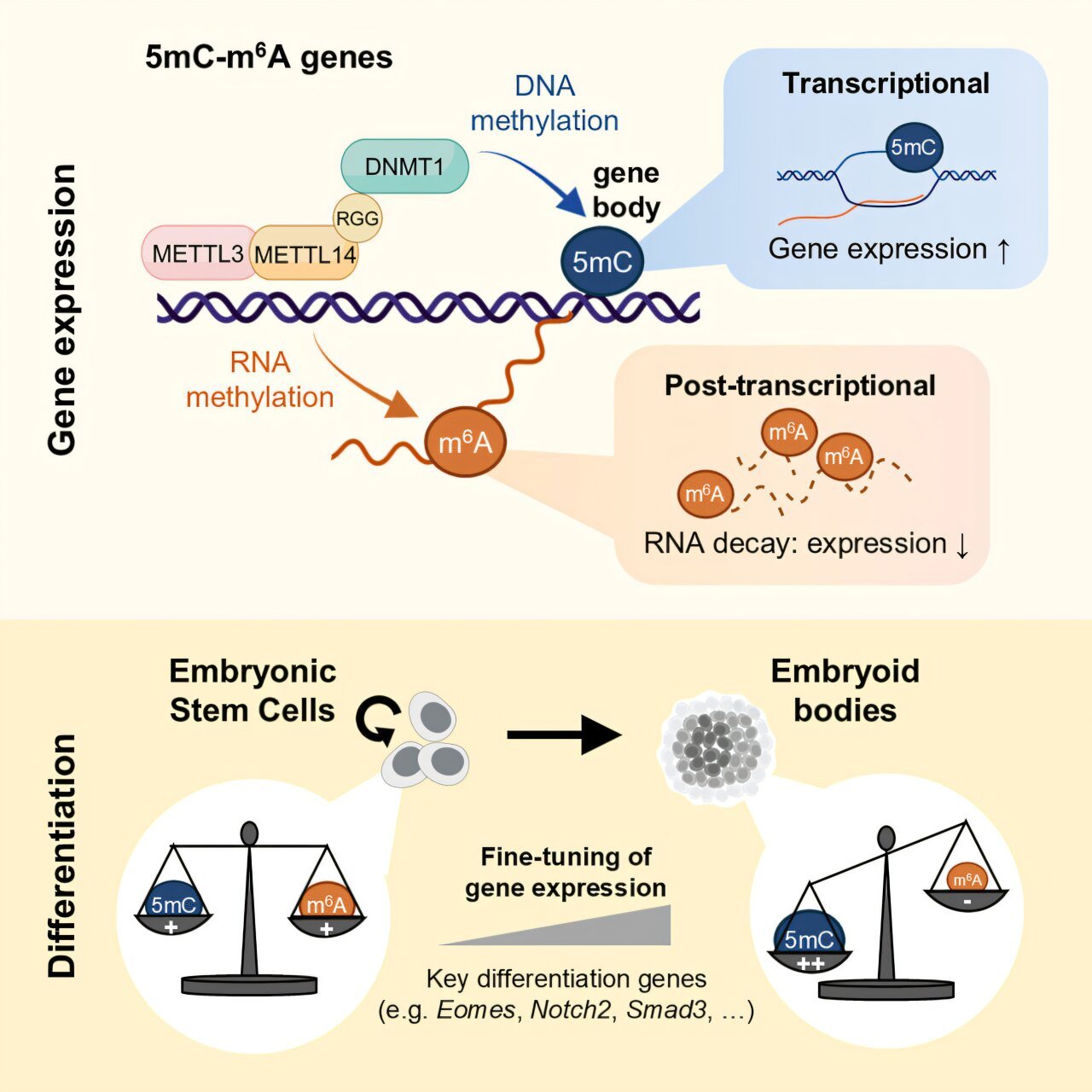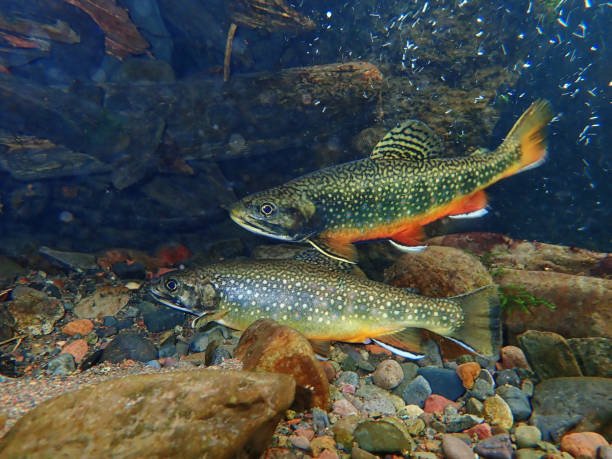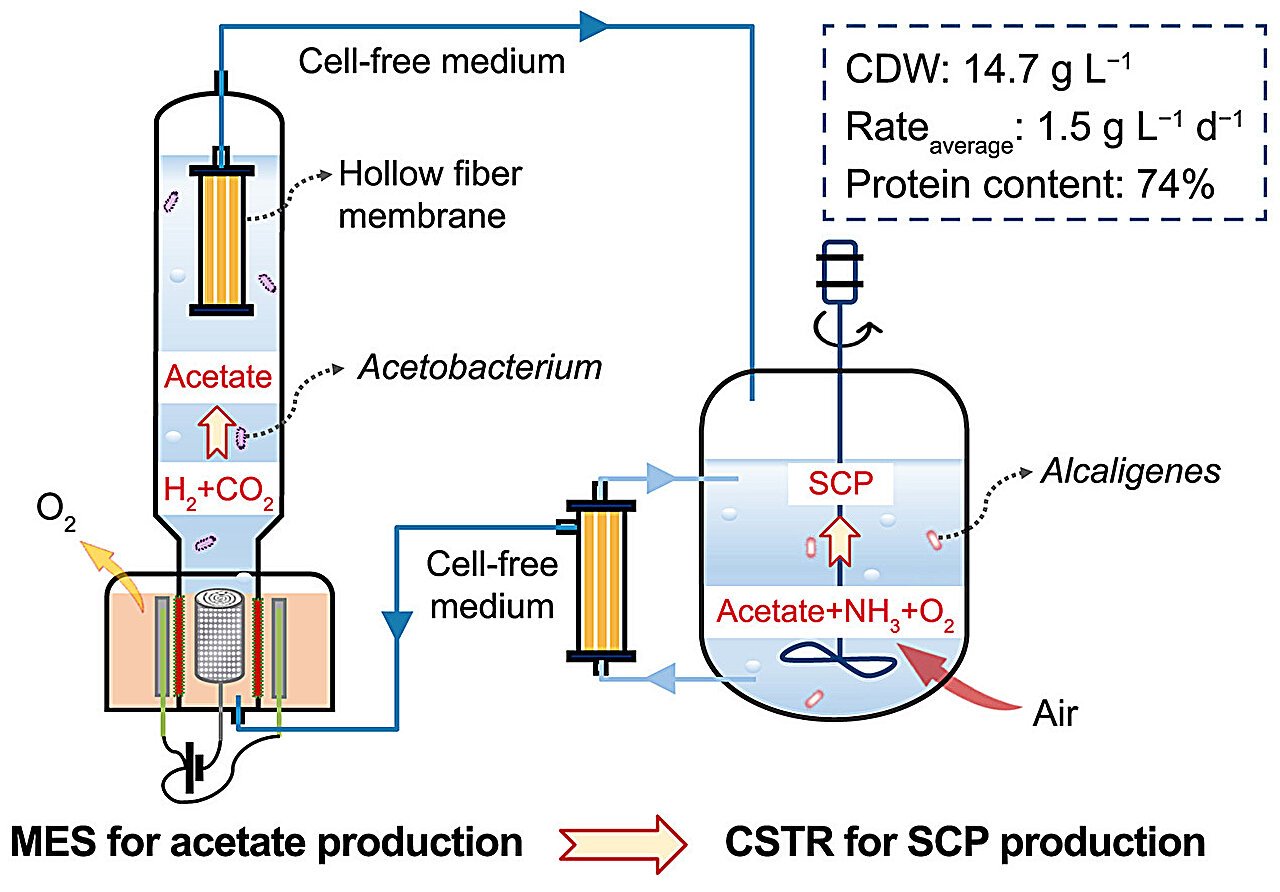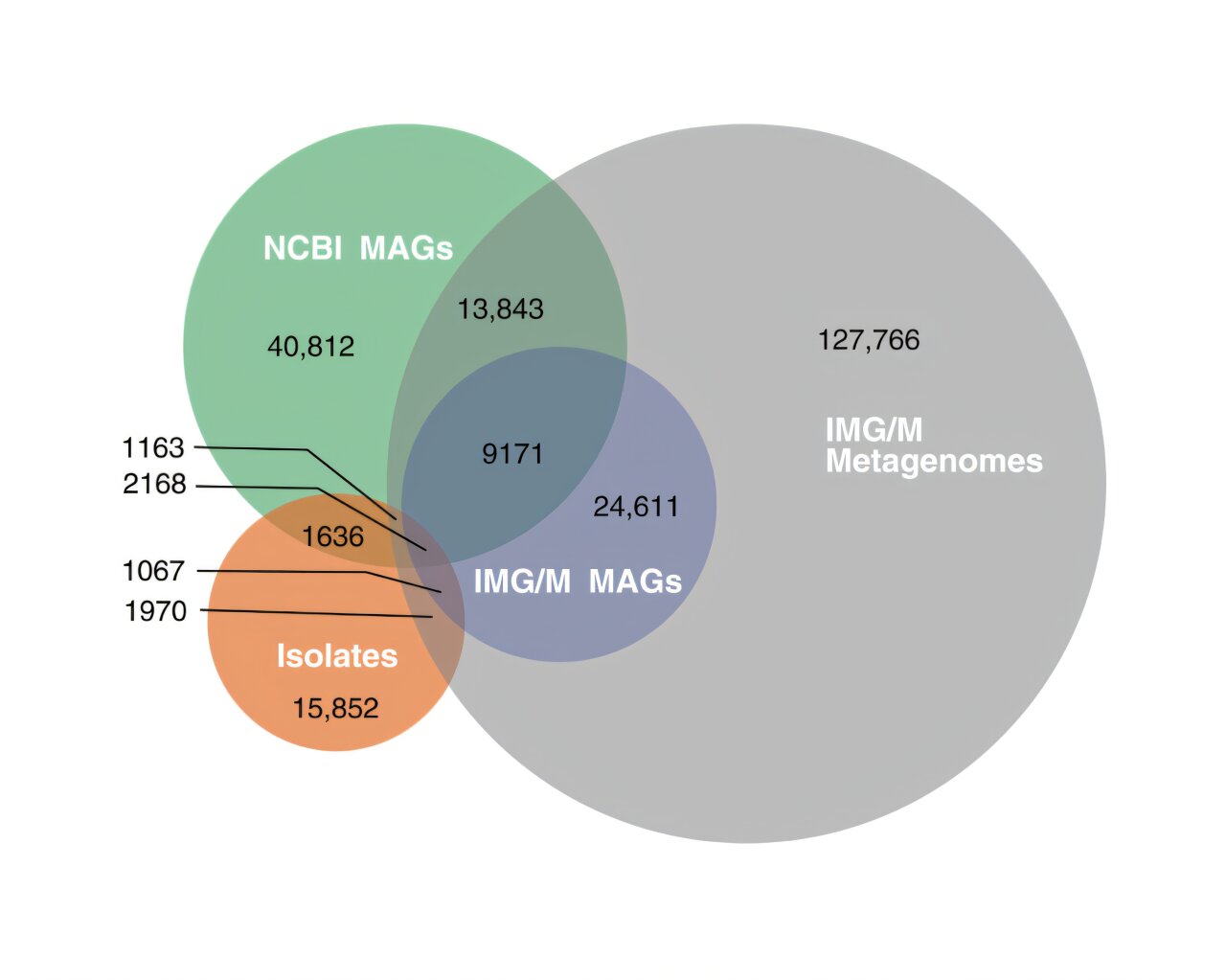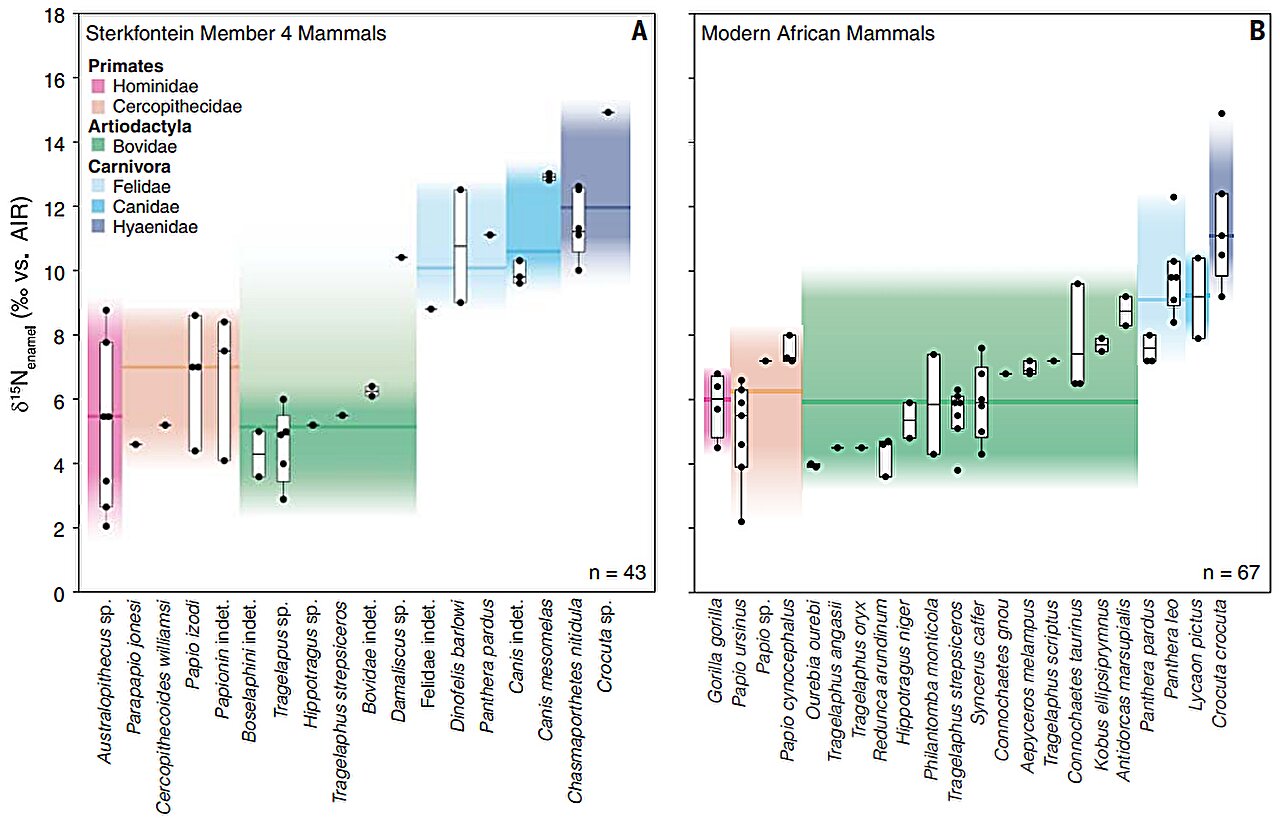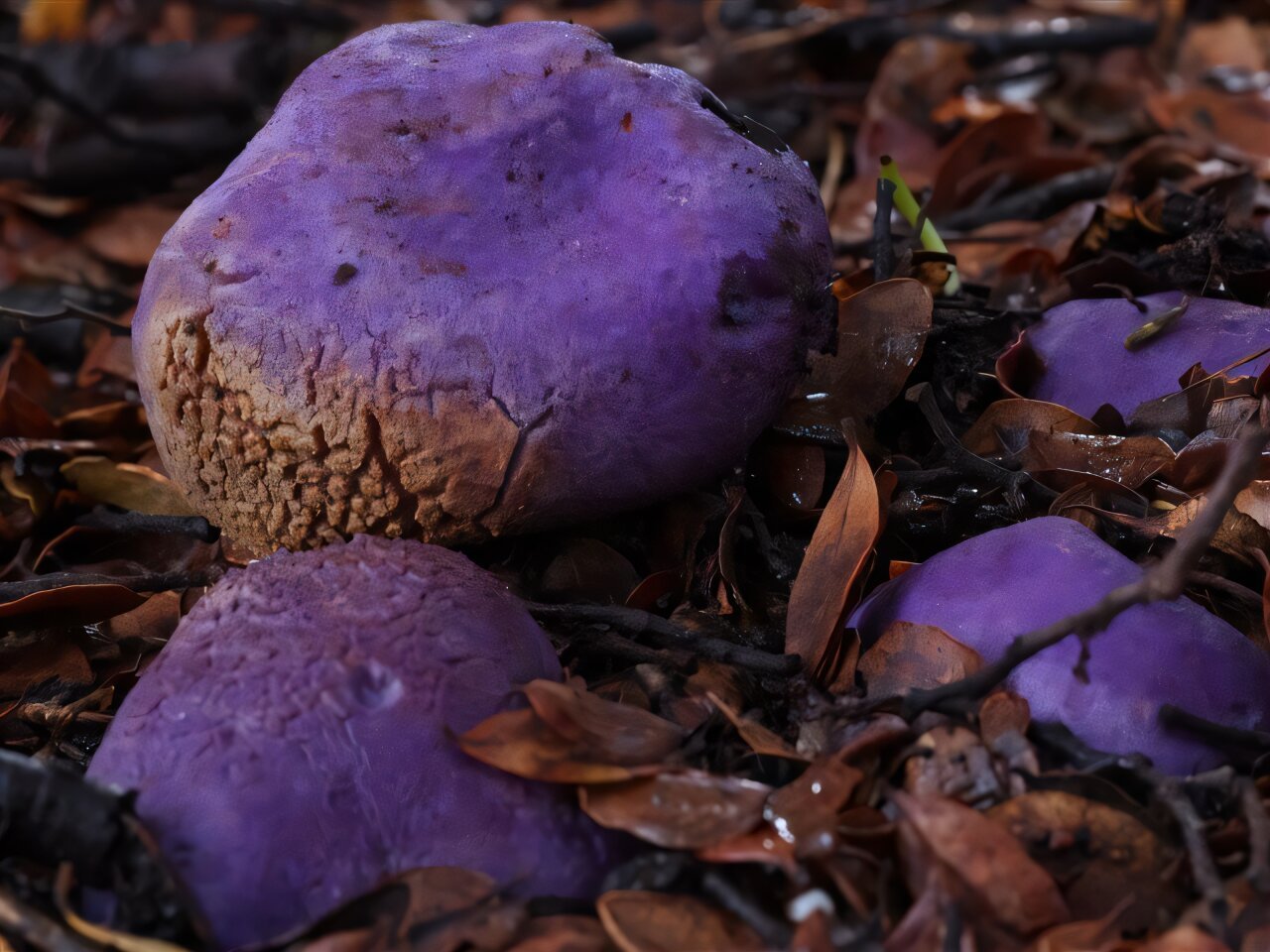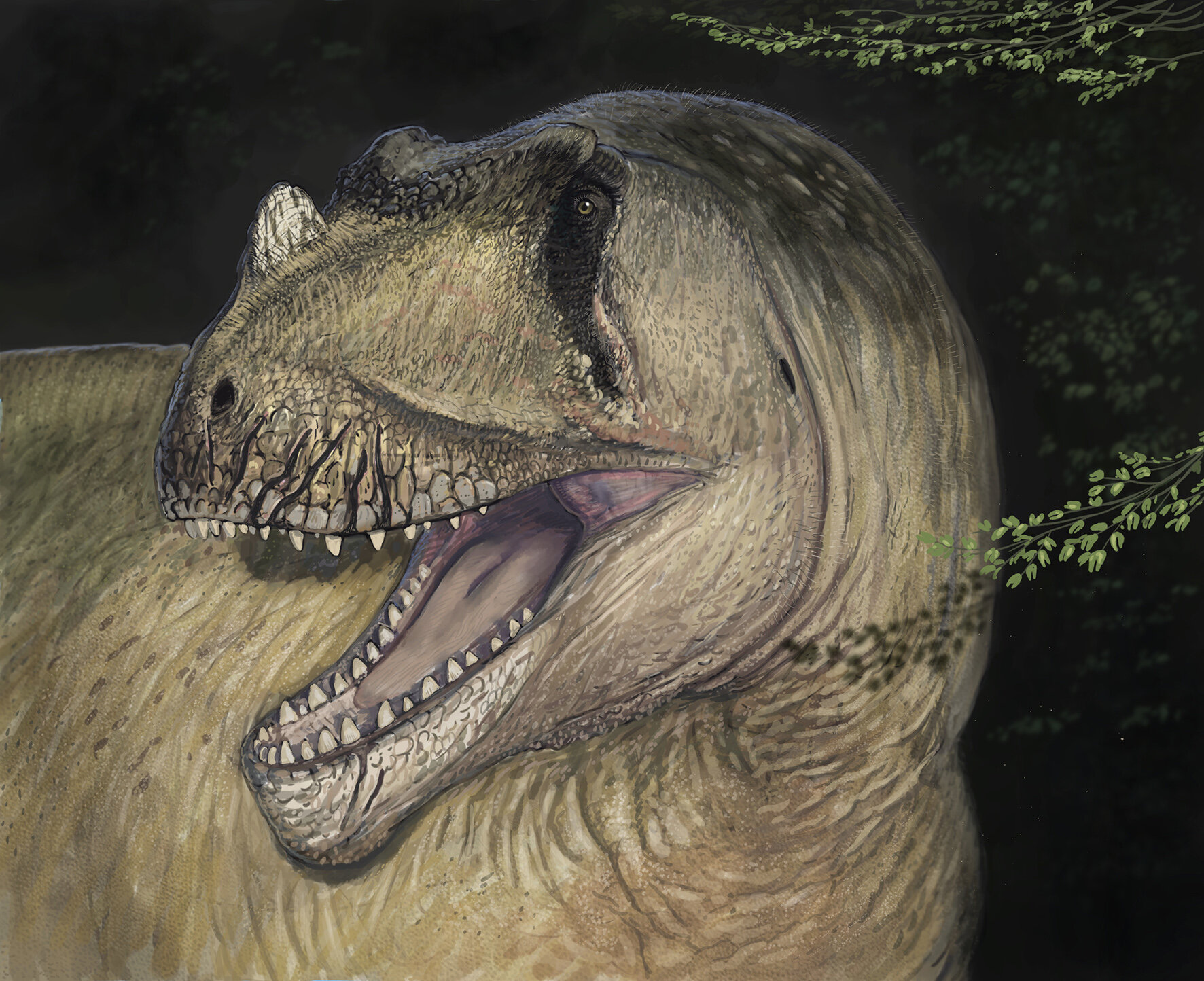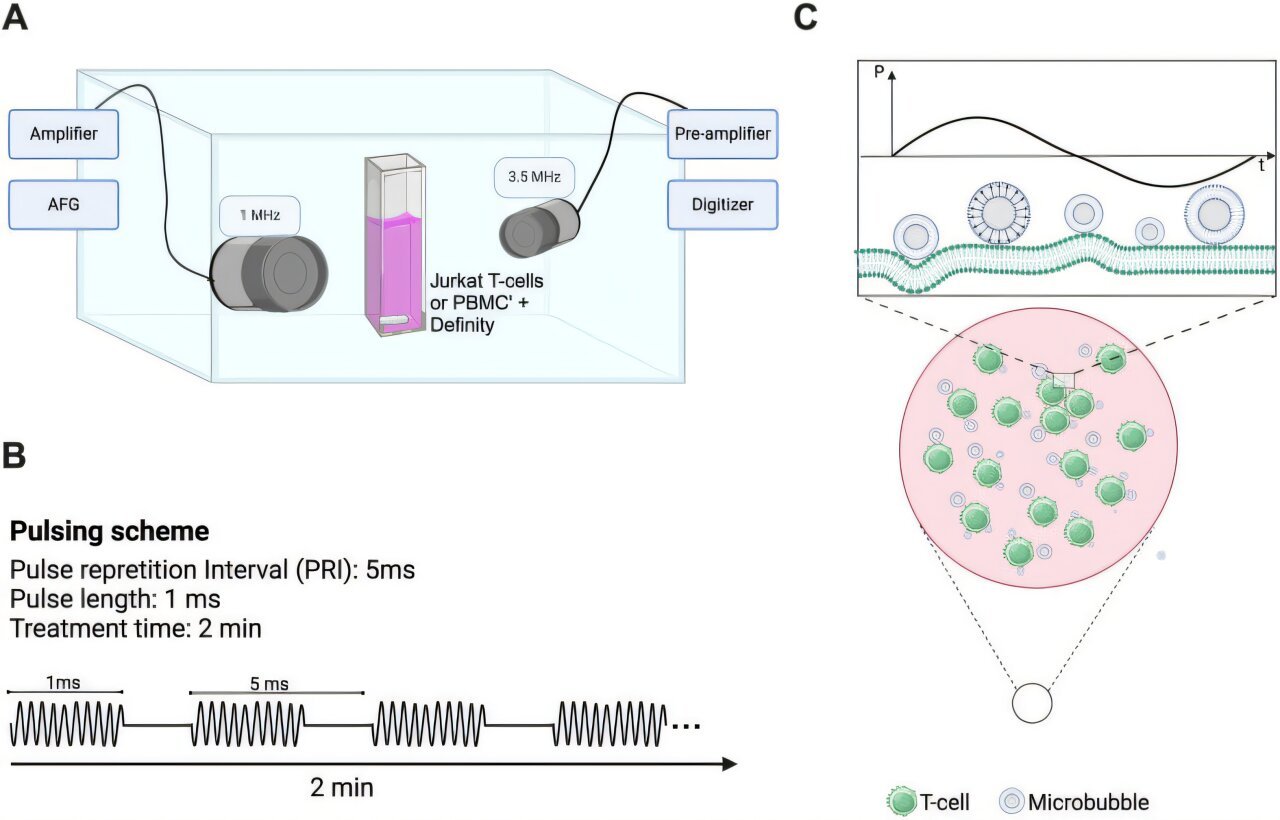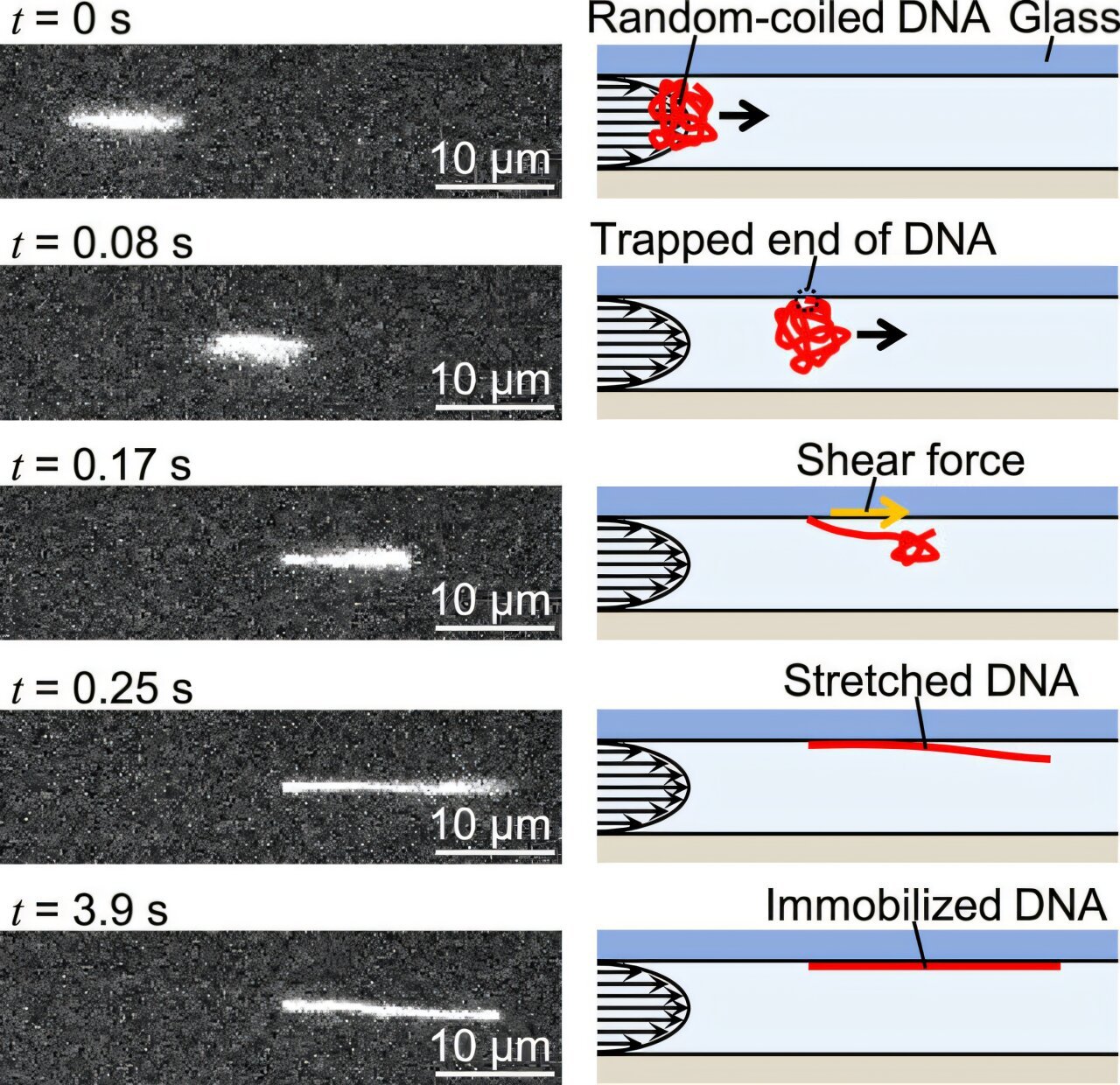DNA replication is a fundamental and continuous process that occurs in our cells as many as trillions of times a day. Every time a cell divides—whether to heal damaged tissue,…
Category: Biology
Structural Basis for Oxygen Tolerance in the [FeFe]-Hydrogenase CbA5H
Hydrogen gas (H₂) holds immense promise as a clean, renewable fuel source, with biological systems offering potential solutions for its efficient production. In particular, [FeFe]-hydrogenases are known to be the…
Chemists Develop Method to Upcycle Plastic Waste Through Molecular Editing
The problem of plastic waste is one of the most pressing environmental issues facing the world today. Every year, approximately 450 million tons of plastic are discarded globally, with a…
Fossil Evidence Reveals Snow Leopard’s Adaptation to Rugged Terrain
For the first time, an international team of scientists has identified snow leopard fossils, shedding light on the evolutionary history of one of the world’s most elusive big cats. Published…
Evolution of Life-History Strategies in Early Land Plants
The terrestrialization of land plants, which began during the Silurian and Devonian periods, marked a transformative moment in Earth’s history. The parallel to the Cambrian explosion of marine animals is…
Horizontal Gene Transfer and Bacterial Symbiosis Shape Pectinase Evolution in Leaf Beetles
With more than 50,000 described species, leaf beetles (family Chrysomelidae) form one of the largest and most diverse groups of herbivores on the planet. Representing about a quarter of the…
The Fascinating Differences Between Anhingas and Double-Crested Cormorants
Florida’s waterways are home to many iconic wildlife species, and among the most visible are two distinct types of waterbirds—the anhinga and the double-crested cormorant. Despite their similar appearances and…
Bioelectric Fields Drive Neural Crest Cell Migration During Embryonic Development
Cell movement is fundamental to the development of multicellular organisms. Whether it’s the formation of tissues, the development of organs, or processes like wound healing, the ability of cells to…
The Mystery of Microbial “Breathing”
Oxygen is essential for most living organisms, fueling cellular processes by acting as the final electron acceptor in the chain of reactions that convert nutrients into energy. This essential process…
DNA and RNA Epigenetics Work Together
Our genes contain all the instructions our bodies need to function properly. They encode information essential for everything from cell growth to immune response, determining not just the type of…
Freshwater Crisis: 24% of Species at Risk of Extinction
Freshwater ecosystems, which cover less than 1% of Earth’s surface, play an indispensable role in sustaining life on our planet. They provide essential resources such as drinking water, irrigation, flood…
Dual-Reactor System Converts CO2 into Single-Cell Protein for Food and Feed
A team of engineers from several institutions in China has developed an innovative dual-reactor system that could serve as a potential solution to two critical global challenges: climate change and…
Exploring the Uncharted World of Microbial Genomic Diversity
The complexity and biodiversity of microbial life are vast, yet still largely underexplored, particularly in terms of genomic diversity. Researchers from the U.S. Department of Energy’s Joint Genome Institute (JGI),…
Early Humans Were Primarily Vegetarian
A groundbreaking study led by a team of climate geochemists from the Max Planck Institute for Chemistry, University of the Witwatersrand, and Princeton University has uncovered new evidence about the…
High-Resolution Imaging Reveals Radiation Pressure and Jet Feedback in NGC 1068
Active galactic nuclei (AGN) are among the most energetic phenomena in the universe, playing a crucial role in the evolution of galaxies. At their heart, supermassive black holes consume massive…
Moa Dung Provides Evidence of Truffle Consumption and Dispersal in Pre-Human New Zealand
A new study led by a team of environmental scientists from Manaaki Whenua-Landcare Research, the University of Adelaide, and the University of Auckland has uncovered a fascinating and previously unknown…
Lost Dinosaur Rediscovered After 80 Years
Scientists from the SNSB (Bavarian State Collection for Paleontology and Geology) and Ludwig Maximilian University (LMU) have identified a new species of predatory dinosaur from the Cretaceous period. This remarkable…
Ultrasound Awakens Immune Cells to Fight Cancer
A recent study from researchers at Concordia University proposes a promising new approach to cancer treatment that leverages ultrasound-guided microbubbles, a technology already commonly used in medical imaging and drug…
Freezing DNA Motion for Super-Resolution Imaging
Microscopes have been instrumental in the advancement of science, allowing us to study the microscopic world. However, a significant challenge remains in the quest to observe even smaller structures in…
Guardian of the Embryo: Protein Protects Crucial Maternal mRNAs
Embryonic development is a process where precise regulation of gene expression is crucial, especially during the transition from oocyte (egg cell) to embryo. This transition, known as the oocyte-to-embryo transition…
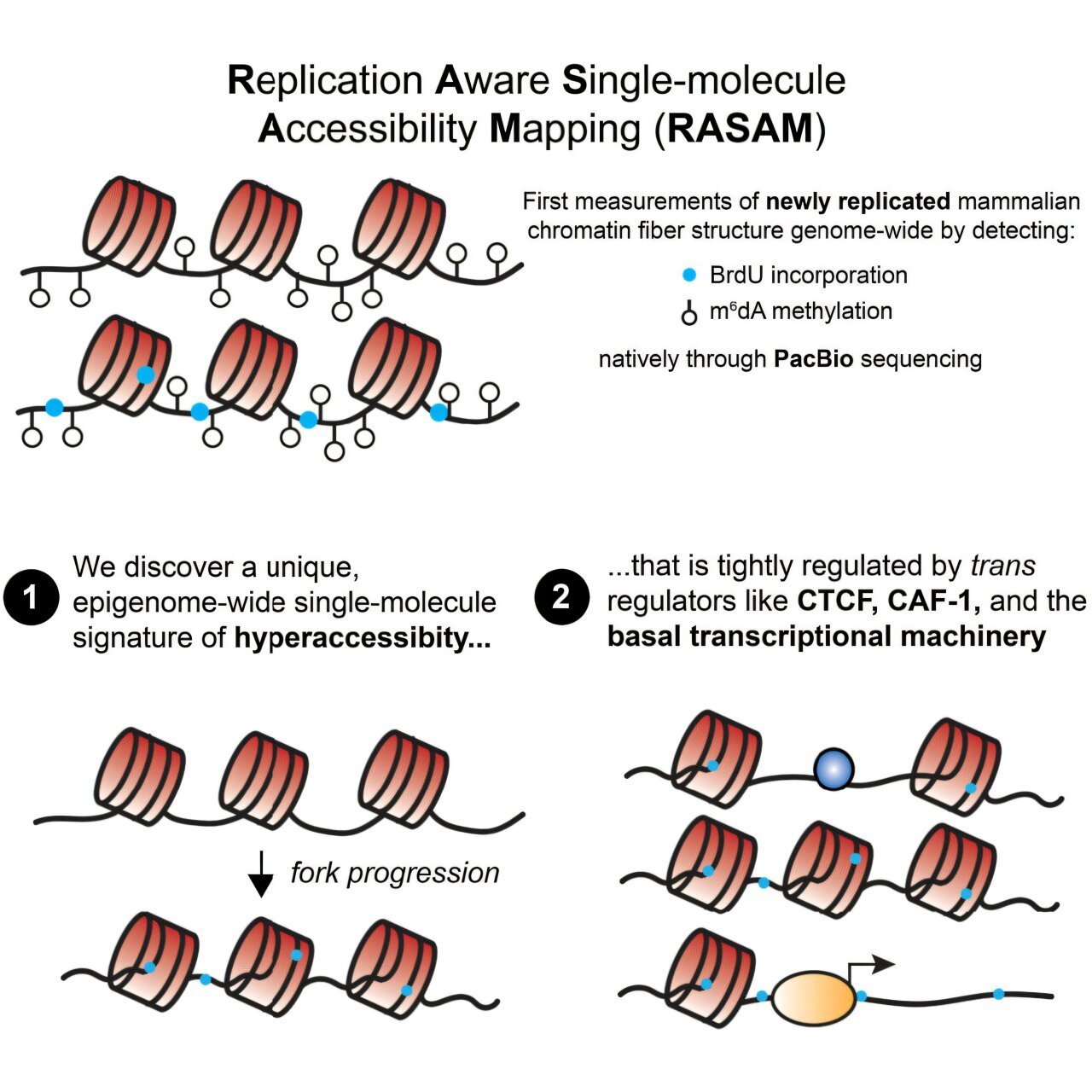
![Structural Basis for Oxygen Tolerance in the [FeFe]-Hydrogenase CbA5H](https://www.sciencenewstoday.org/wp-content/uploads/2025/01/how-nature-optimizes-h.jpg)
